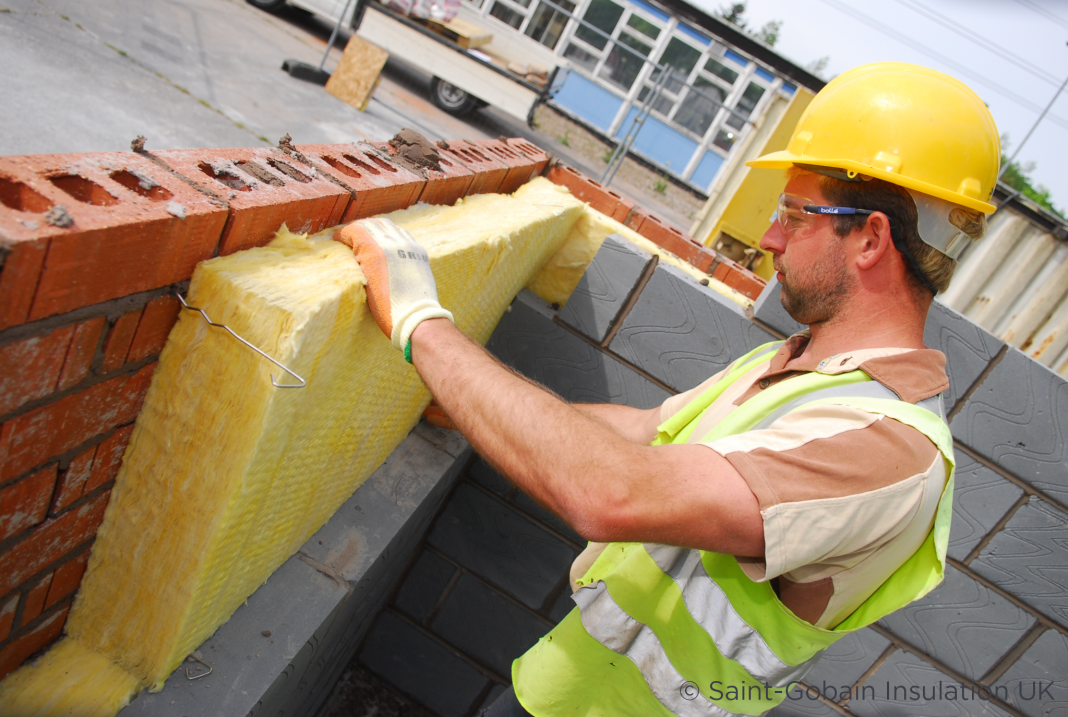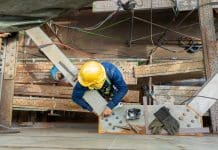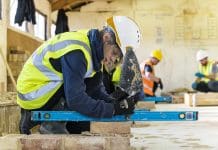In this article, Marcus Jefford, managing director of Build Aviator, explores the changes to Part L building regulations and what this means for tradespeople and builders
The transitional period for the new building regulations has officially ended, meaning the full rules that came into force in June 2022 are now applicable to all new work and projects that haven’t yet started.
Despite the 12-month transitional period that recently closed, we know that many of our customers remain in the dark about what the changes mean.
Why did the Part L building regulations change?
Providing some context around the new Part L regulations can help tradespeople and the wider industry to understand them, as well as enabling honest conversations with homeowners.
This is particularly important as they may well see the cost of their projects rise in the coming months and wonder why this is.
The new Part F (ventilation), Part L, Part O (overheating) and Part S (infrastructure for electric vehicles) building regulations are seen as stepping stone to bigger changes coming in 2025 when the Future Homes Standard will be introduced.
All of this is part of a wider plan to improve the UK’s housing stock and boost standards, particularly when it comes to energy efficiency.
This end goal is particularly relevant to homeowners, yet much of the government’s messaging has put the onus on builders, planners and tradespeople rather than targeting the end user, leaving many in the industry feeling stuck in the middle.
Any projects submitted to Building Control from now on – whether a new build or an extension on an existing property – must meet these new standards.
Part L is crucial, and involves a new Standard Assessment Procedure (SAP) calculation, known as SAP10.
The SAP calculation must be performed at the design stage and again upon completion, measuring the Dwelling Emission Rate (DER) and the Target Emission Rate (TER).
In order to meet the new regulations, everyone must collaborate to succeed
Before starting any new work, it is vital to unite everyone involved to get on the same page from the start.
Learn from one another and ensure that all planners, trades and contractors are working towards a common goal of ensuring the project is compliant with the new rules.
Even if you are working with partners that you have collaborated with for decades, don’t assume your old ways will remain compliant.
The end of the transition period means there is a strong chance a previous project would no longer pass the test, so consider this as a new era and plan accordingly.
It is also vital that those in charge of purchasing get their orders in promptly, as there may be high demand for compliant products. Look for ranges which are compliant, purchasing from merchants that understand the regulations and how they fit into the wider project.
Renewable and low-carbon energy sources should be high on the agenda at the design stage
Any new-build properties with gas central heating or an electric boiler must now have solar PV by law. Otherwise, a ground or air source heating system must be put in place so the project can meet SAP10.
Part L favours all renewable and low-carbon energy sources over traditional options, so products such as heat pumps and solar PV should be high on the agenda when new projects are in the design stage.
Another element of Part L recommends that wastewater heat recovery systems should be used in any new-build projects.
The systems can convert heat that is lost down the drain into heat for new water and can be retrofitted into existing bathrooms or installed into new ones.
This could be a particularly valuable option for your clients, given the current cost of energy.
Insulation is a crucial factor under the new Part L building regulations
For cavity walls, below ground level and between ceiling rafters and floors, insulation must now be a minimum of 150mm thick. You will need to use 150mm insulation between rafters in sloping ceilings and 50mm underneath, while in horizontal ceilings you should still use 400mm mineral or glass wool products.
Another option is to use high-performing insulation to reduce the cavity size. Furthermore, windows in new builds must have a minimum U-Value of 12w/m2K, while in renovation and extension projects they must have 14 w/m2K.
The rules around insulation also apply to renovations, if you are replacing more than half of a surface element such as a wall, floor or roof. If you are dry lining an internal surface, replacing an existing layer through stripping down an element, replacing the waterproof membrane on a flat roof or providing new cavity wall insulation, you must follow the new regulations.
This can all result in a higher cost of a typical project, which therefore needs to be passed onto homeowners.
The hidden nature of products such as insulation can make these conversations difficult, so setting the scene and explaining the wider context can help, with a focus on the fact this will futureproof their homes for many years to come.
Marcus Jefford
Managing director
Build Aviator
*Build Aviator works in partnership with Jewson.

















